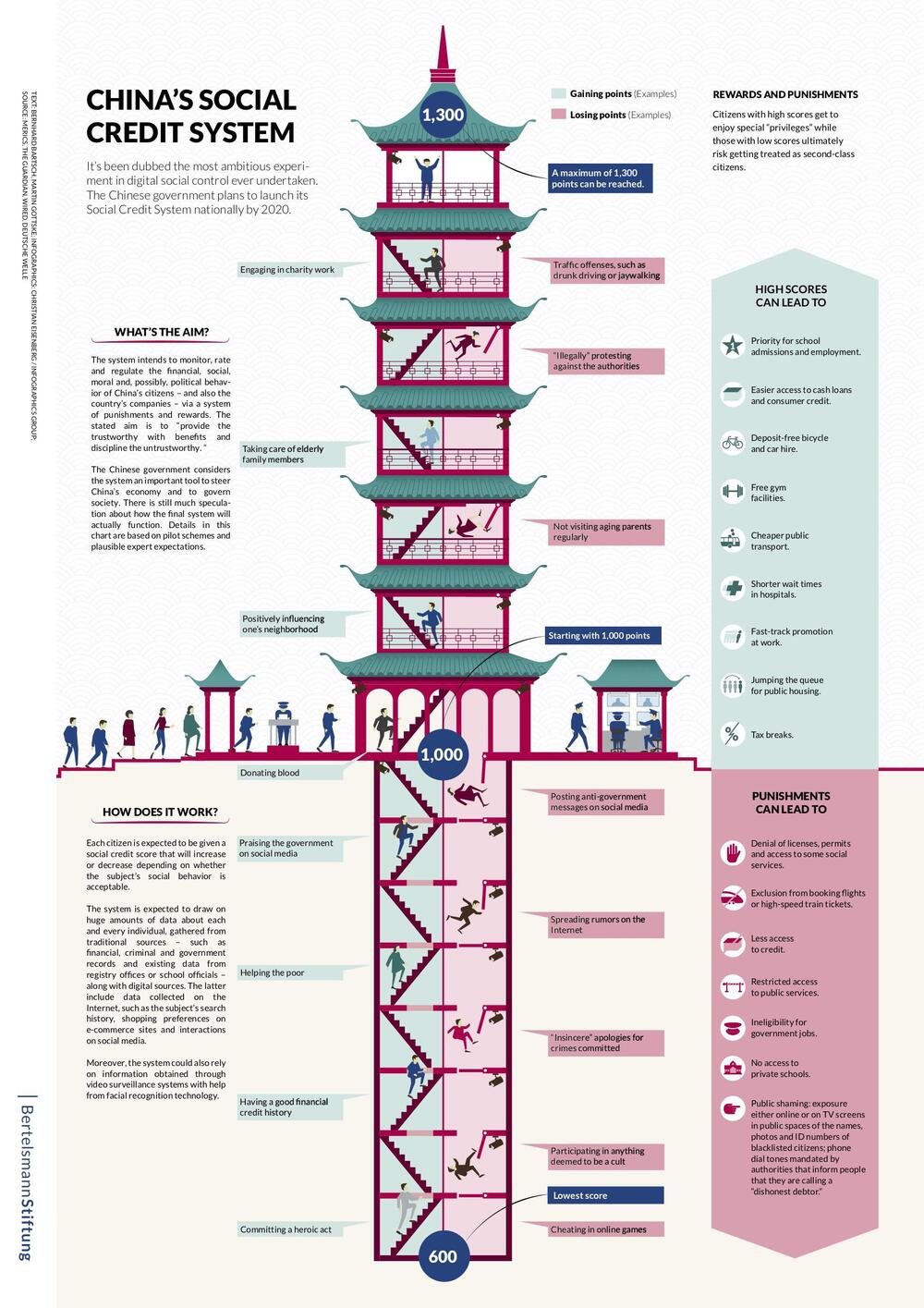Volkswagen shows mobile charging robot for fully autonomous charging of electric vehicles.
A year ago, Volkswagen unveiled its mobile charging station concept in which an autonomous robot facilitates the charging of the battery of electric cars. And now, after spending a year making the concept a reality, the automaker gives us a first glimpse of the prototypes of its mobile charging robot.
The first working prototypes, able to revolutionize the world of electric cars, has always been linked to the current scarcity of charging infrastructures. Its task – fully autonomous charging of vehicles in restricted parking areas, like underground car parks.
The concept consists of two modules – an energy storage device trailer with a charger and a mobile robot that can tow the trailer unit to a vehicle for charging.


